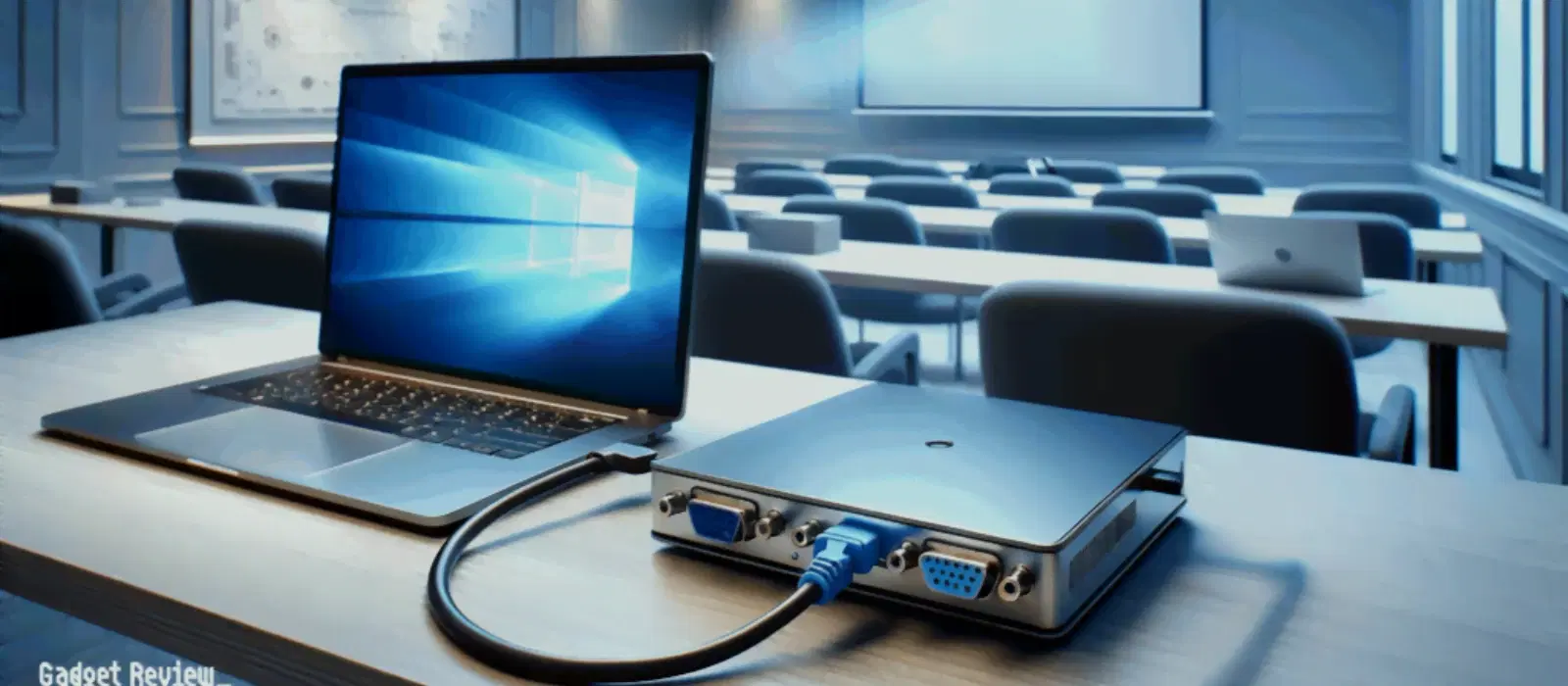
Consumer Electronics
•04 min read
Installing Windows 10 on your Acer laptop via USB might feel challenging at first, but this guide makes the process simple and accessible. With Tata Neu, enjoy benefits like earning NeuCoins on every purchase, express delivery for orders placed before 6 PM, and guaranteed support through our ZipCare services. With step-by-step instructions, you will learn everything you need to know—from preparing your bootable USB drive to setting up Acer BIOS and troubleshooting common issues—so you can enjoy a fresh start with optimal performance.
Before beginning your installation, it is essential to confirm that your Acer laptop meets the system requirements for Windows 10. Verify your model’s compatibility by checking the processor, memory, and disk space available. This initial check helps avoid any unexpected challenges along the way.
Gather the necessary tools. First, ensure you have a USB drive with at least 8GB capacity. Next, obtain a valid Windows 10 ISO file, and finally, download reliable software like Rufus or UNetbootin. Follow the steps provided in your chosen software to create a bootable USB drive. Ensure the USB drive is formatted correctly to FAT32 or NTFS to prevent booting issues later on.
Performing a clean installation means your data may not be preserved. It is crucial to backup any important files before starting the installation. Use your preferred method—whether it is cloud storage or an external hard drive—to securely store all your files. This ensures that you can always recover your data if needed.
To begin the installation process, you need to access the BIOS settings on your Acer laptop. Typically, this is done by pressing F2 or the Del key while the laptop is starting up. Once in the BIOS, familiarise yourself with the layout and locate the options needed to change the boot order.
Adjust the settings so that the USB drive is the primary boot device. Locate the boot options and move the USB drive to the top of the list. Sometimes, you might need to disable Secure Boot to accommodate your bootable device. Remember to check the settings carefully and make changes only as required.
After making the necessary adjustments, confirm your changes by saving and exiting the BIOS menu. Your Acer laptop will then restart, ready to boot from the USB drive. It is always a good idea to double-check the configuration if you run into any issues during this final restart.
Expert Tip: Avoid Common USB Booting Errors
Did you know that using an incompatible USB format can prevent your Acer laptop from booting correctly? Always format your USB drive to FAT32 or NTFS before creating a bootable USB for Windows installation.
With your bootable USB prepared and BIOS configured, insert the USB into the Acer laptop and restart. As the computer starts, it should recognise the USB drive and begin the boot sequence. If for some reason it does not, check that the USB is correctly attached and revisit the BIOS settings to confirm the correct boot order.
Once your Acer laptop boots from the USB, follow the on-screen instructions to start the Windows 10 installation. You will be prompted to choose between a clean installation and an upgrade; for a fresh start, a clean install is recommended for optimal performance. When partitioning your drive, select options that best suit your performance needs and ensure you leave enough space for your applications and future updates.
After the installation, you will need to configure essential settings such as language and time zone. Completing these initial steps will help personalise your Windows experience. Additionally, remember to install the necessary Acer-specific drivers and software to ensure your laptop performs optimally.
If you encounter issues like a "No bootable device found" error or the USB is not recognised, there are several troubleshooting steps you can try. Make sure the USB drive is properly formatted and correctly recognised in BIOS. You can also try resetting your BIOS settings and attempting the boot sequence again.
For more persistent issues, consider using recovery tools or alternative methods to create your bootable USB. Verifying hardware compatibility is essential if problems continue. Diagnosing and addressing these issues early can save time and prevent further complications during the installation process.
Restart your Acer laptop, press F2 to access BIOS, change the boot order to prioritise the USB drive, and save the settings.
Yes, as long as the USB drive is bootable and contains a valid Windows 10 installation media.
The F12 key is commonly used to access the boot menu on Acer laptops. Note: The key can vary by model, so please refer to your laptop manual if these options do not work.
Ensure the USB is formatted correctly, check BIOS settings, and disable Secure Boot if necessary.
No, though it is recommended for downloading updates and drivers after installation.
Installing Windows 10 on an Acer laptop via USB is a manageable process when taken step-by-step. By preparing your bootable drive, configuring the BIOS correctly, and following the outlined installation process, you ensure a smooth and efficient upgrade to your laptop. With Tata Neu, enjoy benefits like earning NeuCoins on every purchase, express delivery for orders placed before 6 PM, and guaranteed support through our ZipCare services. This guide lays out clear, actionable steps, making it easier for anyone looking to perform a clean installation. Enjoy your renewed Acer experience with enhanced performance and a fresh start, and remember that every step you take brings you closer to a smarter, more modern setup.